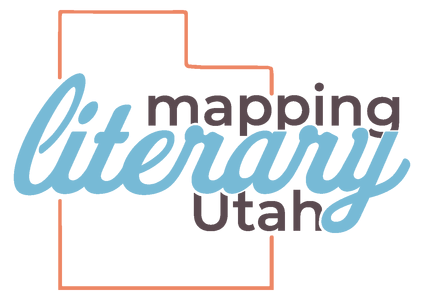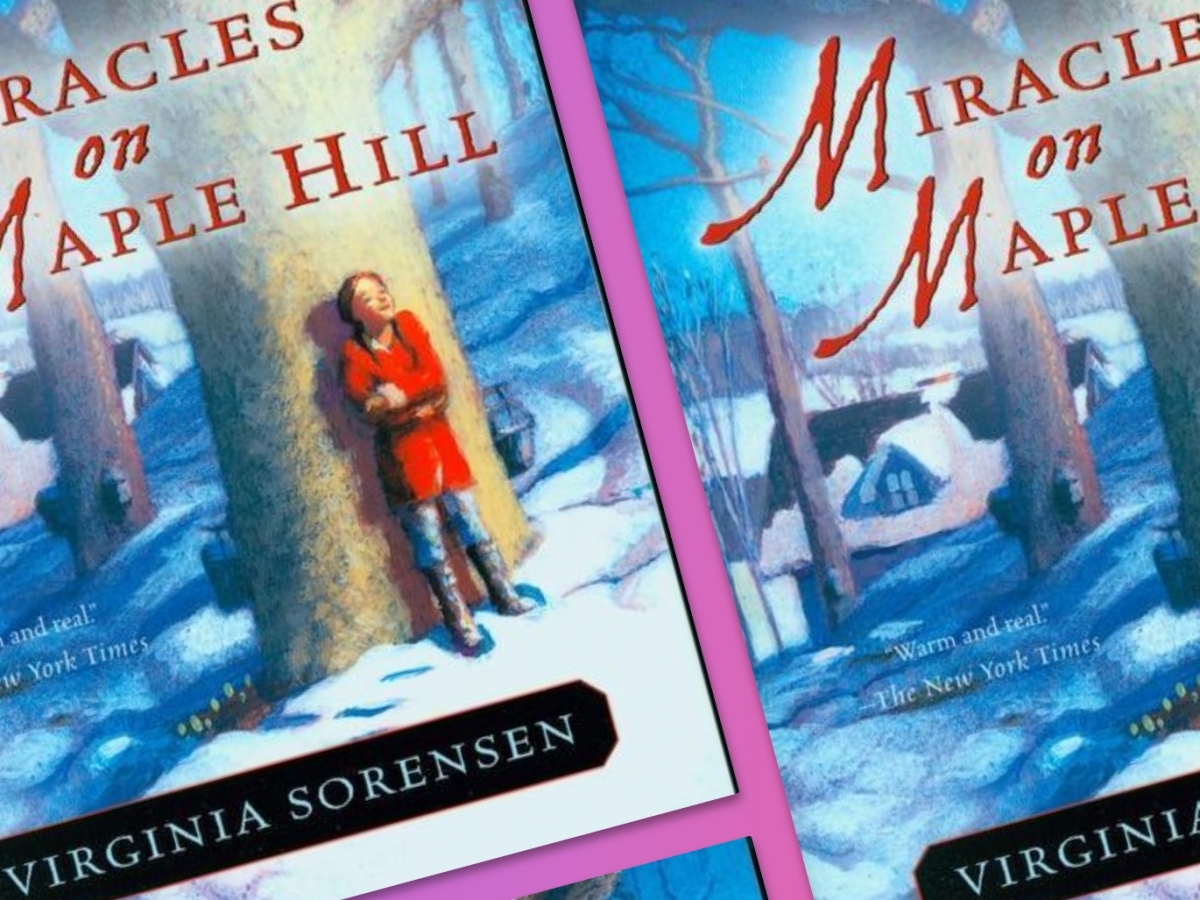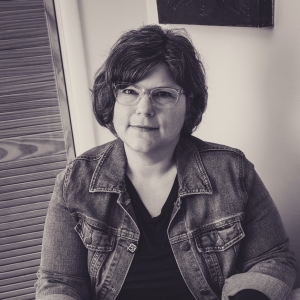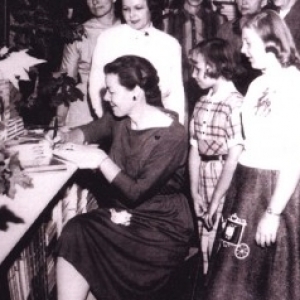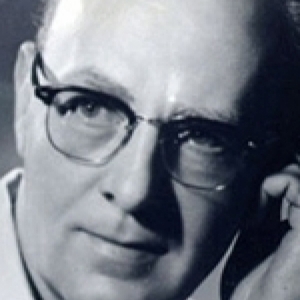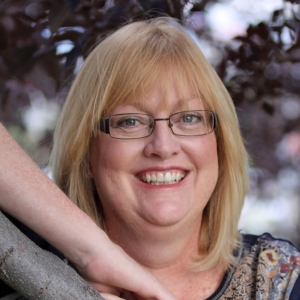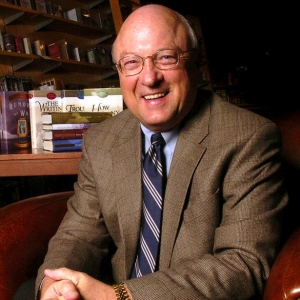Although no essay can completely explain why the residents of Utah consume and produce so much YA fiction, certain unique aspects of the state’s culture seem to track the generic requirements of YA lit. Young adult authors generally position the protagonist against the larger society: the trials that the heroine has to pass through in order to become an adult force her to differentiate herself from society at large. The Latter-Day Saints Church’s idea of the “refiner’s fire,” the test of faith and moral courage, lends itself tidily to young adult literature, which often frames the conflict between a young protagonist and the world as a discovery of the true or more authentic self.
The conflict between authentic self and the community plays out in Sorensen's YA and adult novels from the 1950s, in particular Many Heavens, Miracles on Maple Hill, and Where Nothing is Long Ago, which demonstrate how community and the life of the community are paramount for her Mormon, and non-Mormon protagonists. In many ways, Mormon young adult authors may be excellently positioned to investigate the process of differentiating the self while maintaining ties to a benevolent community. Or, in the case of contemporary writers Dashner and Card, drawing on the early history of the Church as a feared and hated minority religion, the author can lead their hero to defiantly proclaim the truth to what is actually an oppressive and unjust dominant society.
Of course, one aspect of proclaiming the truth is arguing that people should resolutely follow the truth. As Eugene England argues, literature about the teachings of the Church of Jesus Christ of Latter-day Saints 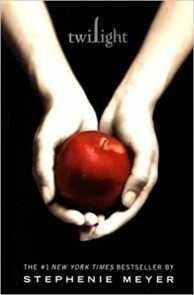 tends to possess a didactic streak, meaning that the authors attempt to present a specific moral lesson to their readers. Card has long argued that the proper task of fiction is to convey truth. But in terms of examples, many fans of the genre will remember the choice that the protagonist, Bella Swan, must make in Meyer’s Twilight Saga between the vampire Edward Cullen (#teamedward) and the werewolf Jacob Black (#teamjacob). The choice is not just about the relative attractiveness of the actors playing each role; Meyer frames the decision in terms of the proper way to enage in romantic life. Jacob typifies wild and dangerous sexuality, whereas Edward, the immortal, stands in for monogamous romance and family life. When Bella chooses Edward, she makes the correct choice and demonstrates the benefits of that choice to the reader through the Cullens’s victory over the vampire elders, the Volturi.
tends to possess a didactic streak, meaning that the authors attempt to present a specific moral lesson to their readers. Card has long argued that the proper task of fiction is to convey truth. But in terms of examples, many fans of the genre will remember the choice that the protagonist, Bella Swan, must make in Meyer’s Twilight Saga between the vampire Edward Cullen (#teamedward) and the werewolf Jacob Black (#teamjacob). The choice is not just about the relative attractiveness of the actors playing each role; Meyer frames the decision in terms of the proper way to enage in romantic life. Jacob typifies wild and dangerous sexuality, whereas Edward, the immortal, stands in for monogamous romance and family life. When Bella chooses Edward, she makes the correct choice and demonstrates the benefits of that choice to the reader through the Cullens’s victory over the vampire elders, the Volturi.
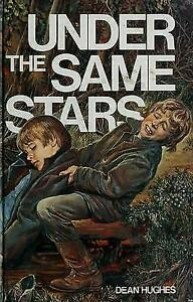
Often the lessons that Utahn YA authors try to impart to their readers bear a strong resemblance to the teachings of the Church of Jesus Christ of Latter-day Saints. Many Utahn young adult authors are understandably influenced by the Church, of which many authors are members, such as Rick Walton, Ally Condy, Shannon Hale, Dean Hughes, James Dashner, Brandon Sanderson, Orson Scott Card and more (Terry Tempest Williams' own first published book was a children’s book). While some of the most famous YA LDS writers, such as Card, Hale, and Tempest, attended the University of Utah, the Creative Writing program at Brigham Young University (BYU) in Provo, UT has played a large role in the success of the Mormon YA community (Deseret News). The program serves as a connecting thread between many current and former authors, with Carol Lynch Williams, Rick Walton, and Brandon Sanderson all serving as creative writing professors at the university.
The close ties that many writers in Utah share belies the generic diversity of YA literature that Mormon and non-Mormon Utahn authors produce, everything 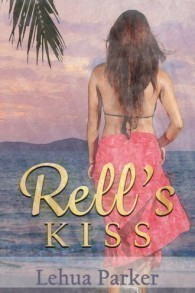 from traditional coming-of-age stories by Dean Hughes and Ally Condie and children’s books, to graphic novels, fantasy, and sci fi. Of course, although many Utahn authors are members of the Church of Jesus Christ of Latter-day Saints (attendance at BYU requires adherence to an honor code which generally follows the prescriptions of the Church), many Utahn authors promote cultural traditions that have nothing to do with the dominant Mormon religion, or explore coming-of-age stories that may stand in painful contrast with values of the some members of the church.
from traditional coming-of-age stories by Dean Hughes and Ally Condie and children’s books, to graphic novels, fantasy, and sci fi. Of course, although many Utahn authors are members of the Church of Jesus Christ of Latter-day Saints (attendance at BYU requires adherence to an honor code which generally follows the prescriptions of the Church), many Utahn authors promote cultural traditions that have nothing to do with the dominant Mormon religion, or explore coming-of-age stories that may stand in painful contrast with values of the some members of the church.
Greg Bills' novel, Consider this Home, for example, examines the tense relationship between a gay Mormon teen and his family. Lehua Parker, another YA novelist, writes YA fantasy fiction based on indigenous Hawaiian folklore. Her novels often take European tales as their starting point; she then reinterprets those tales using the lens of Hawaiian mythology. Her Rell’s Kiss, for example, sets the Cinderella story in modern-day Hawaii and combines the realistic portrayal of a world of normal economics and adolescent anxieties with the supernatural world of Hawaiian myth. Her protagonists in both this story and in her wider Lauele Universe often find themselves torn between identities, a recurring theme in YA fiction generally.
